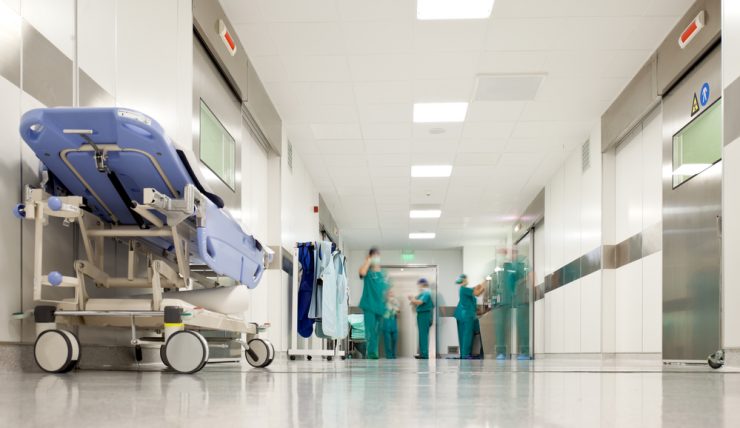The liver is known as the chemical factory of the human body. The vital functions associated with the daily activities of the human body are performed by the liver. The major functions of the liver are storing the iron, minerals, sugars as well as vitamins, production of energy quickly as and when the human require it, help in the process of digestion by the production of bile, neutralising certain toxins or poisons which are present in the human body, the level of cholesterol production is controlled, the maintenance of hormonal balance and help the body to develop resistance towards infections.
Excessive intake of alcohol leads to the development of fatty liver, which characterises the first stage of liver disease which is associated with alcohol. But once the intake of alcohol is stopped, the fatty liver vanishes.
But the people who consume alcohol despite the presence of fatty liver develop alcoholic hepatitis. This is a condition where the liver develops inflammation. The extreme cases of alcoholic can lead to the development of cirrhosis of the liver, where the liver develops damage and scarring permanently.
The other effects of using alcohol excessively are disorders related to the stomach, development of pancreatis which can lead to diabetes, development of hypertension, where the level of blood pressure is very high, problems related to heart, stroke, difficulties associated with sex as well as depression.
The symptoms associated with the presence of alcohol-associated liver disease may not be experienced by many people. The pain also may not be felt due to the absence of nerve fibres in the live. The only visible symptom may be the presence of pain on the right side of the abdomen. The other symptoms which may be felt in this case are appetite loss, diarrhoea, sickness as well as fatigue.
These symptoms are normally experienced in the early morning. In advanced stages of alcoholic hepatitis or cirrhosis of the liver the person may develop jaundice, which causes the skin as well as eyes to become yellow in colour. This is a stage from where the damage that the liver has developed cannot be reversed.
Some other forms of liver disease that people may develop are:
- Viral Hepatitis A
- Viral hepatitis B
- Viral hepatitis C
- Haemochromatosis
- Wilson’s disease
- Primary sclerosing cholangitis
- Cancer of the liver
Treatment
The treatments of people who suffer from liver diseases are given in the hepatology department or the haematology department. If the intake of alcohol in excessive amounts have contributed to the development of liver cirrhosis, then one need to reduce the quantity of alcohol he intakes or avoid the intake of alcohol completely.
The treatment options available for symptoms associated with liver disease are:
- No treatment is available for jaundice.
- For those who vomit blood, the options are:
- Laparoscopic surgery to remove the swollen gullet veins
- The administration of glue that will aid in the shrinking of the swollen veins.
- Rubber bands can be put on the veins
- No treatment is available for encephalopathy.
Liver transplantation is the final option available to the people who have cirrhosis in a very severe condition.










